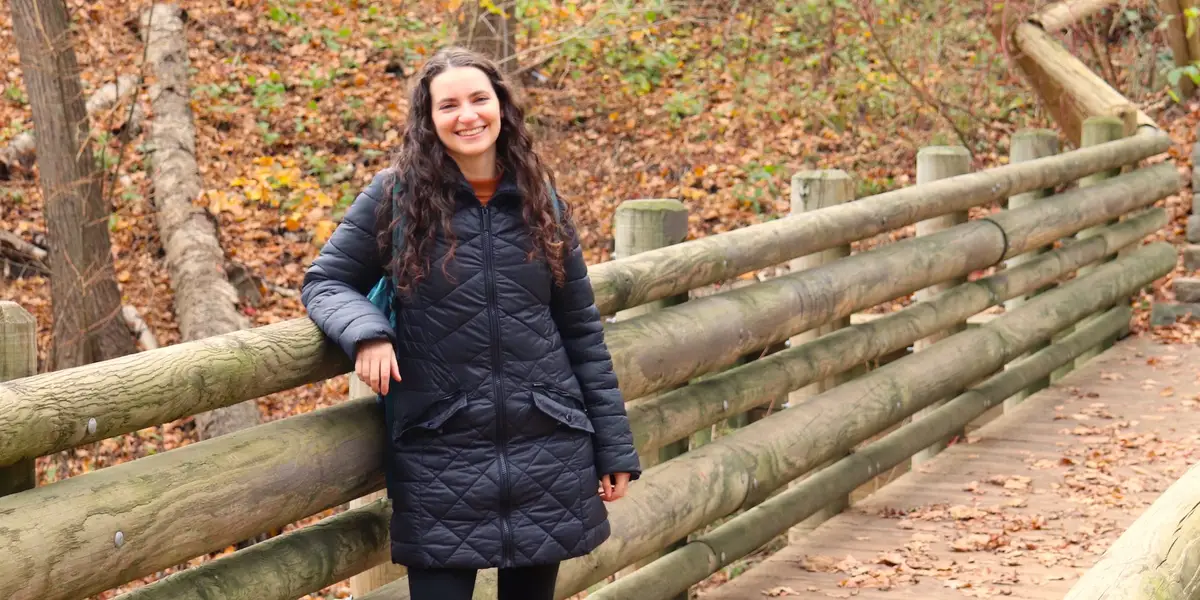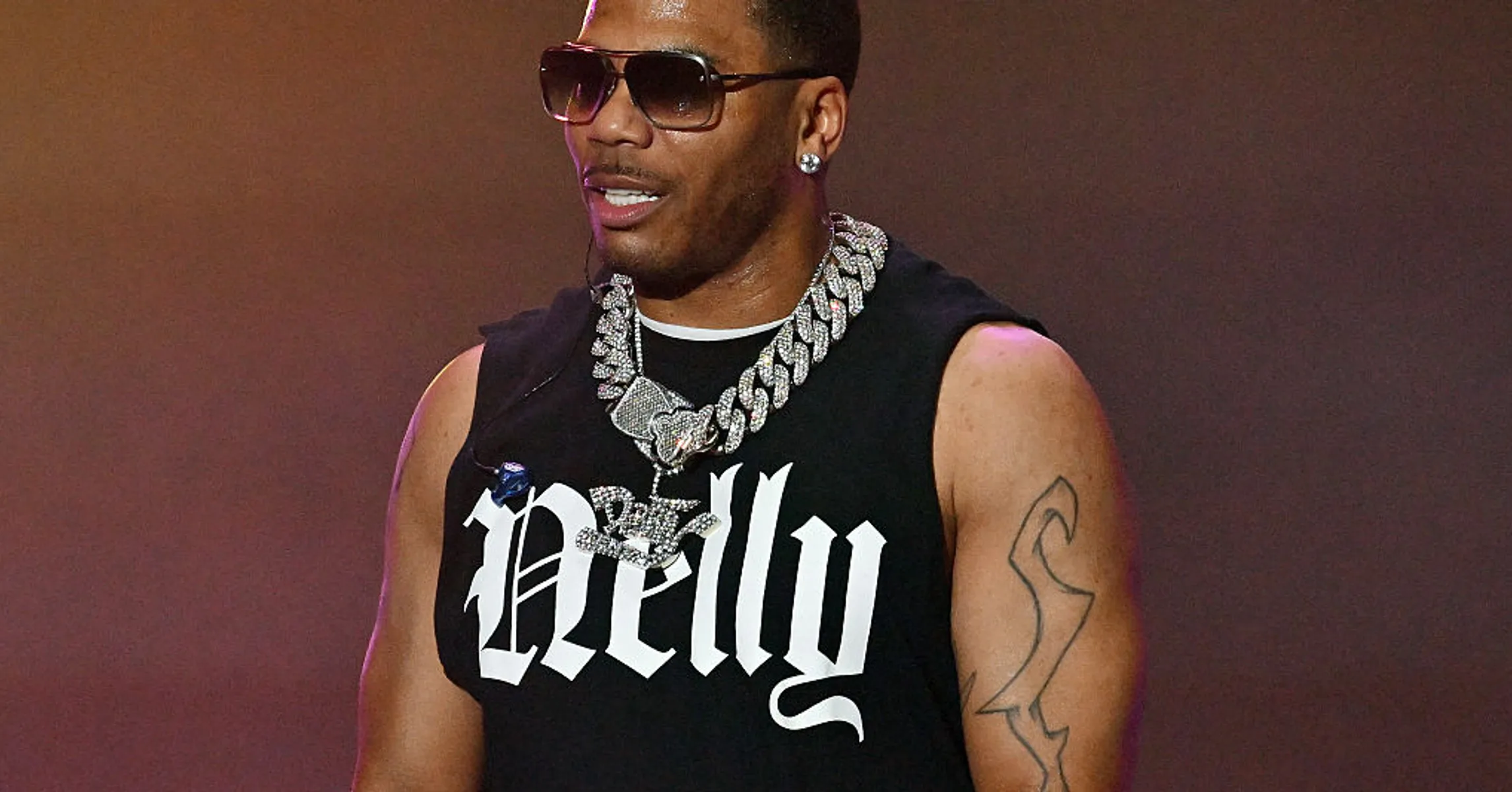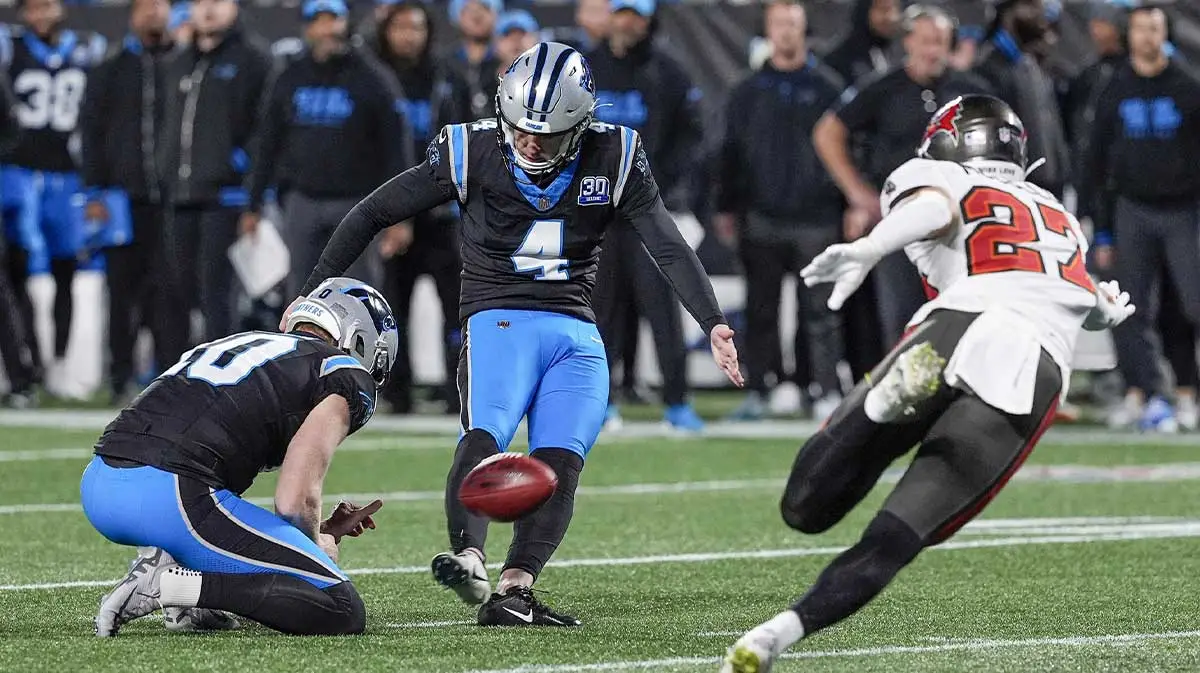
When I fly out of New York City, the airport is always packed, with long security lines and crowds by the gate. When I land at General Mitchell International Airport in my hometown of Milwaukee, the airport seems empty in comparison.
Compared to New York City’s 8.4 million residents, Milwaukee’s population of around 577,000 people means that the city feels less crowded overall.
Upon landing in the Milwaukee airport, I often hear locals talking about picking up their luggage at baggage claim, pronounced “bay-gage claim.” When referring to the wholesale retailer Costco, Wisconsinites call it “Cah-stco.”
I’ve lost my Midwestern accent after living in New York City for more than a decade, but I still recognize it immediately when I visit home.
New York banned plastic shopping bags in 2020 — one of several states to do so. I’ve become so used to bringing my own reusable bags on errands that I’m surprised to find plastic bags available at stores in Wisconsin.
For example, my New York City neighborhood features a “small-format” Target store designed specifically for urban areas with 25,000 square feet of space. By comparison, the Target in my Wisconsin hometown spans 104,000 square feet, making it more than four times larger.
Midwestern grocery chains are also much bigger than New York City’s corner stores and bodegas.
Most Costco stores stock the same items at locations throughout the world, but shoppers can also occasionally find local specialties. While visiting Costco in my home state, I’ve spotted Wisconsin cheese curds and coffee beans from a company based in Door County, which I haven’t seen sold in stores in New York or abroad.
I never used to be excited about shopping at Menards or Meijer, but you know what they say: Absence makes the heart grow fonder.
When I visit the Midwest now, I jump at the chance to accompany my family on their day-to-day errands at retailers that are exclusive to Midwestern states.
As the home of famous breweries such as Miller and Pabst, Wisconsin takes beer seriously. At Piggly Wiggly, a grocery chain largely serving the South and the Midwest, I’ve encountered walk-in beer fridges with dozens of varieties to choose from.
I’ve never seen a walk-in beer cooler in New York City — most grocery stores there wouldn’t have the space.
When I want to pick up a tube of toothpaste or pint of ice cream at Target in New York City, I have to wave my hand over a sensor to summon an employee to unlock the item for me.
At my local Target store in Wisconsin, not even items that sometimes face limited supply, like baby formula, are kept on secured shelves, which makes for a different shopping experience.
At the gas pump and the checkout counter, I’m shocked by how much lower prices are in the Midwest compared to New York City.
In September, regular gas cost $2.86 per gallon at the local corner station in Wisconsin compared to $3.13 at the closest gas station in New York.
Grocery items like gallons of milk were also less expensive in the Midwest — $3.29 versus $3.99 as of my last visit.
Football hasn’t come up much during my years in New York City, so I wasn’t expecting to find Green Bay Packers banners and branded products at nearly every Wisconsin grocery store during football season.
I’d forgotten about how football games serve as both a cultural touchstone and popular topic of conversation in many parts of the Midwest.
After a decade as a New Yorker, classic gestures of Midwestern friendliness like smiling at strangers and making small talk feel odd to me. In New York City, even making eye contact with someone you don’t know can be considered a breach of etiquette.
The culture shock makes me realize how I’m constantly on guard as a resident of one of America’s largest cities — just one of many ways I’ve changed since moving away from the Midwest.



